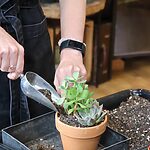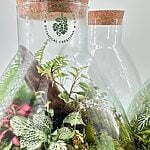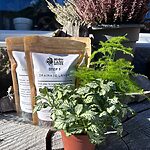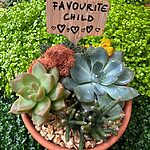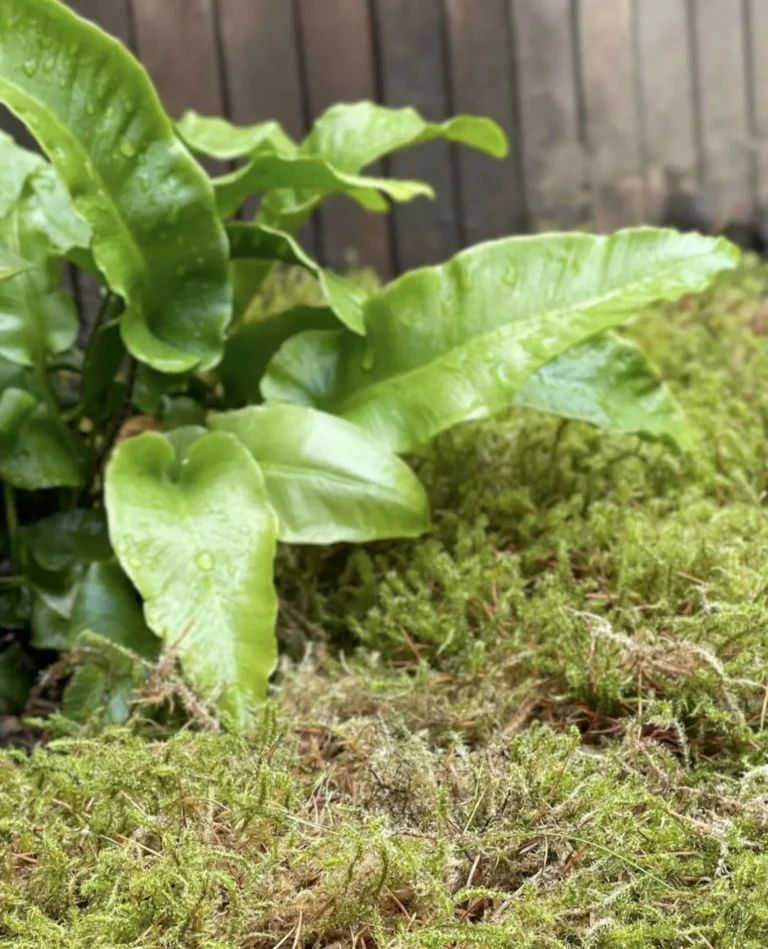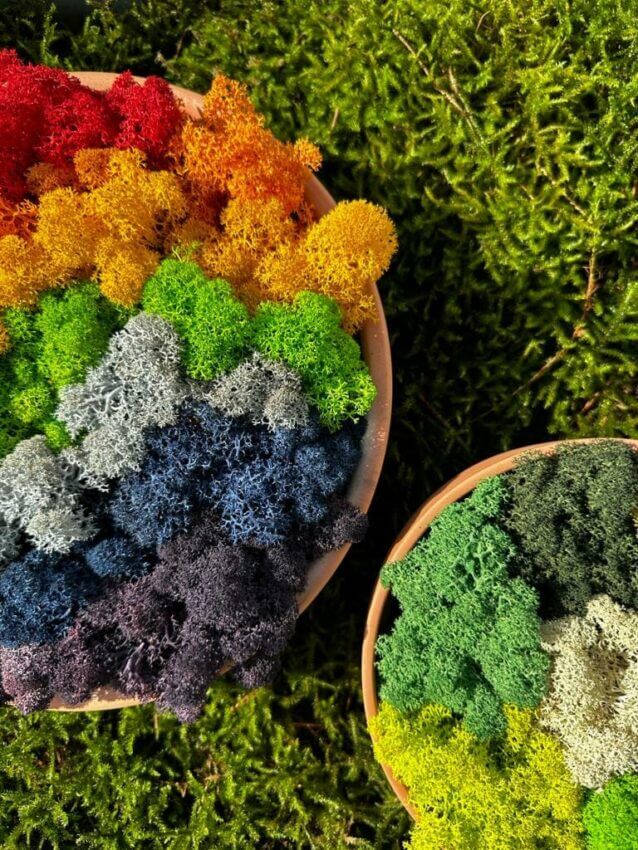Introduction
At Highland Moss, we are obsessed with the intricate world of mosses. Our moss selection, sourced from our private forests, showcases the beauty and versatility of these humble plants.
This article dives into the details of a few of our specially curated moss varieties, each with its own story and charm.

Our thanks to David Hunter of The Habitat People!
David runs an amazing local nursery that is focused on restoring wildflowers in the North East of Scotland. We trusted his expertise in bryology to help us identify our mosses. Please check his site out and get yourself some stunning wildflowers too!
Waved Silk-Moss
Plagiothecium Undulatum

Identification: Recognisable by its large, pale green, sparsely branched shoots, Waved Silk-Moss is a standout moss variety. Its leaves, about 3mm long, are conspicuously wavy, whether the moss is moist or dry. The shoots, several centimeters long and commonly 5-6mm wide, lay almost flattened in a single plane, creating a distinctive appearance.
Habitat: Thriving on acidic soil, wood, and rocks, this moss adorns deciduous woodlands, conifer plantations, heathlands, and even blanket bogs, demonstrating its adaptability and resilience across different habitats.
Horticultural Uses: Ideal for adding texture and depth, Waved Silk-Moss is perfect for garden designs, terrariums, or indoor settings. Its unique, wavy leaves and pale green color can enhance the aesthetic appeal of any space it inhabits.
Care Instructions: Preferring moist, well-drained substrates and partial shade, this moss benefits from regular misting and acidic conditions to mimic its natural habitat.
Cypress-Leaved Plait Moss
Hypnum Cupressiforme
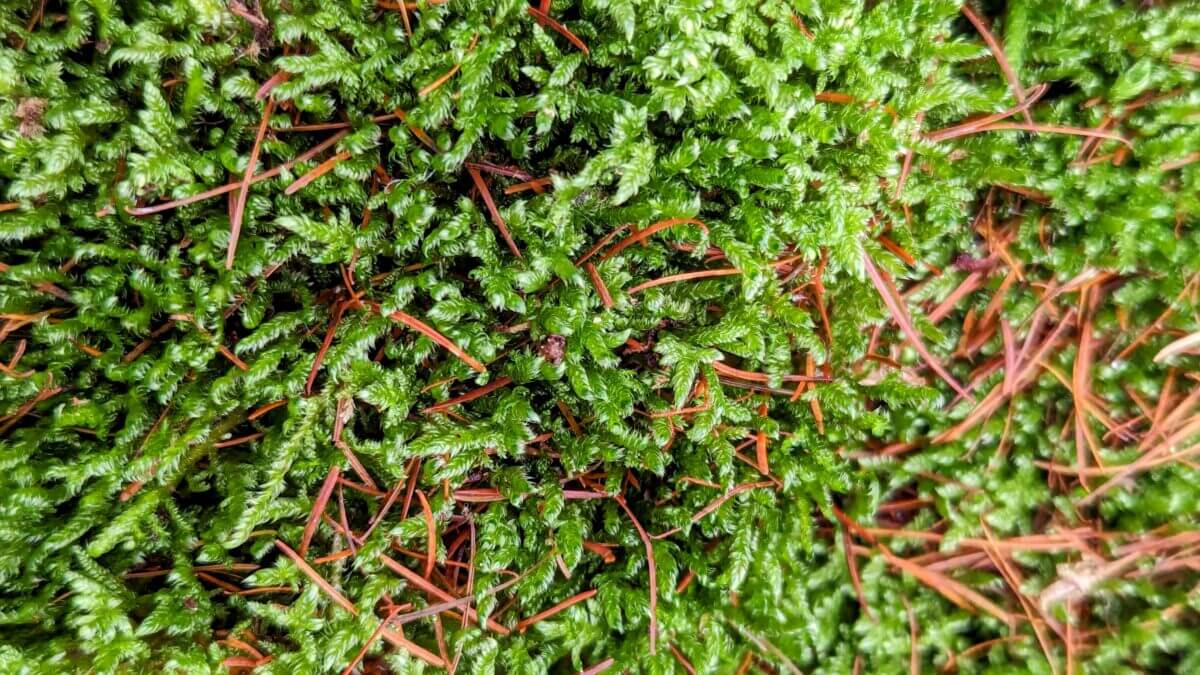
Identification: This moss features slender to medium-sized shoots, strongly curved leaves that taper to a long, fine point, and a warm, brownish tint in older parts. The absence or shortness of the nerve and the distinct beaked capsules make it a unique species within the moss community.
Habitat: Common on acidic to slightly base-rich bark and siliceous rock, Cypress-Leaved Plait Moss is a testament to the adaptability of mosses, thriving in diverse ecological niches.
Horticultural Uses: With its curved leaves and texture, it’s a versatile addition, enhancing rockeries, tree bases, or shaded garden spots. Its adaptability to various substrates and conditions makes it an ideal choice for creating lush, green layers in gardens or terrariums.
Care Instructions: Moist, well-drained, and slightly acidic to neutral substrates in shaded areas support its growth. Regular misting can help maintain the necessary moisture levels without oversaturating the moss.
Little Shaggy-Moss
Rhytidiadelphus Loreus
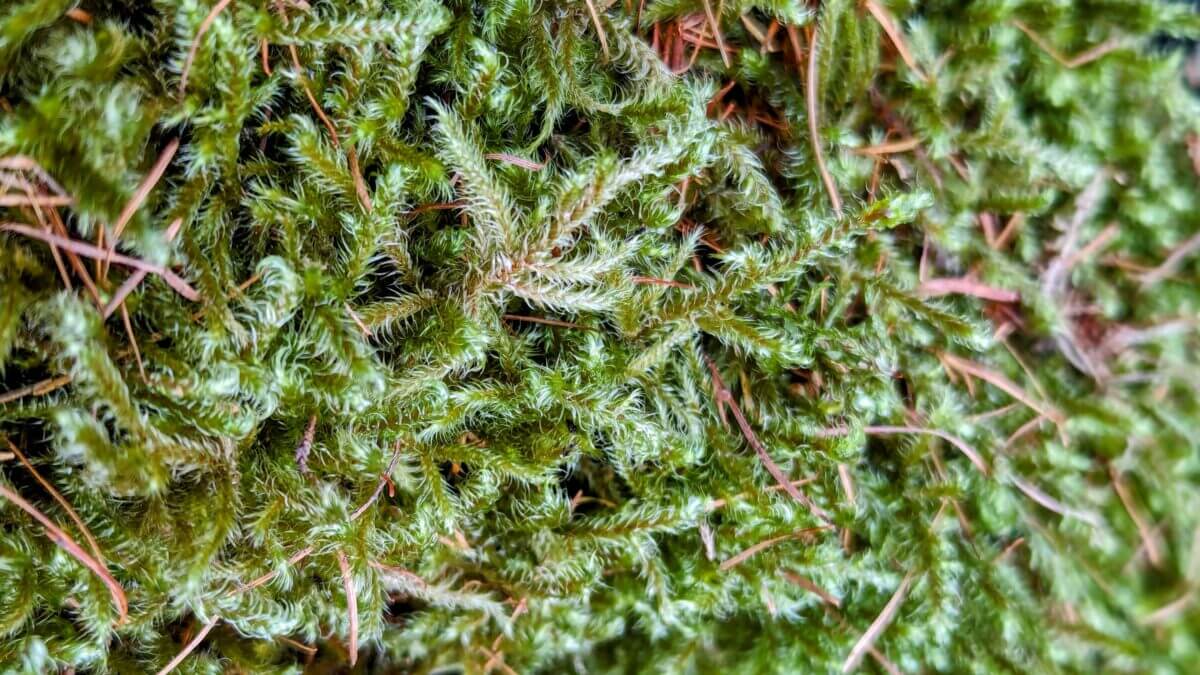
Identification: A robust moss with a red stem, broadly spreading and curved leaves that all point in the same direction. The “flight of steps” appearance due to varying growth rates and the red seta carrying curved capsules are distinctive features of this species.
Habitat: Flourishing in acidic woods, grasslands, and heathy slopes in upland districts, Little Shaggy-Moss forms conspicuous stands, highlighting its beauty and adaptability to different environments.
Horticultural Uses: Its size and unique appearance make it suitable for adding structure to gardens, serving as an attractive ground cover or focal point in moss gardens or terrariums.
Care Instructions: Mimicking its natural, moist, and acidic habitat conditions while providing shade will ensure its thriving presence in your garden.
Glittering Wood-Moss
Hylocomium Splendens
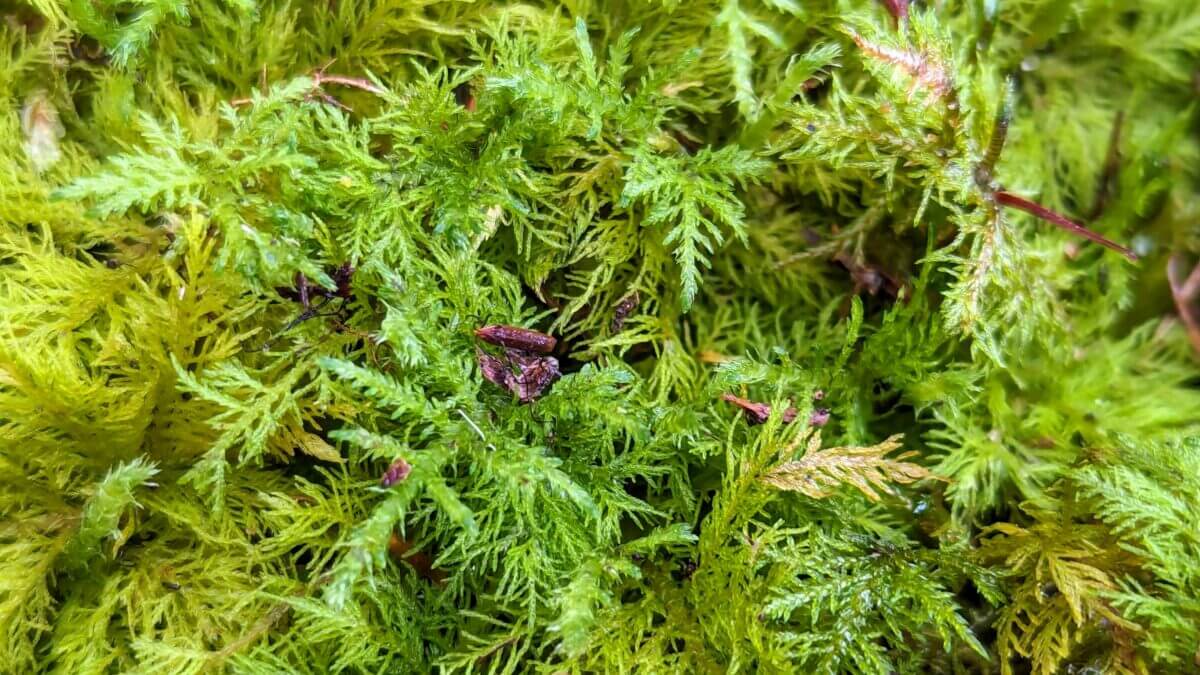
Identification: Notable for its glossy, bright green foliage and a unique “flight of steps” appearance. The large stem leaves and the furry texture under a lens, due to the presence of branched filaments, make it a fascinating species.
Habitat: Common amongst grass and heather on heaths, moorlands, and acidic woodlands, Glittering Wood-Moss showcases its adaptability to different environments, including well-leached chalk grasslands.
Horticultural Uses: This moss is a prime choice for adding texture and depth to landscapes, thriving in rock gardens, woodland areas, or as shaded ground cover. Its bright green, glossy texture and unique growth pattern add visual interest and depth to any garden setting.
Care Instructions: Preferring moist, acidic soil and shaded environments, maintaining these conditions will allow Glittering Wood-Moss to flourish. Regular watering to maintain soil moisture, without causing waterlogging, is essential for its growth.
Conclusion
Our exploration of the moss collection at Highland Moss reveals the depth and diversity of these fascinating plants. Each variety, with its unique characteristics and beauty, offers endless possibilities for enhancing our surroundings. We invite you to visit Highland Moss to experience the allure of these mosses firsthand and to find inspiration for incorporating them into your own gardens and indoor spaces.
References
British Bryological Society. (2010). Mosses and Liverworts of Britain and Ireland – A Field Guide. ISBN 978-0-9561310-1-0.
This guide has been invaluable in providing detailed, accurate information on the moss varieties featured in this article. Its contributions to our understanding of these species and their care have been essential in compiling this collection.



